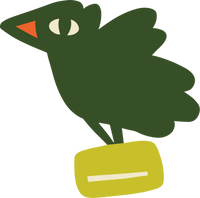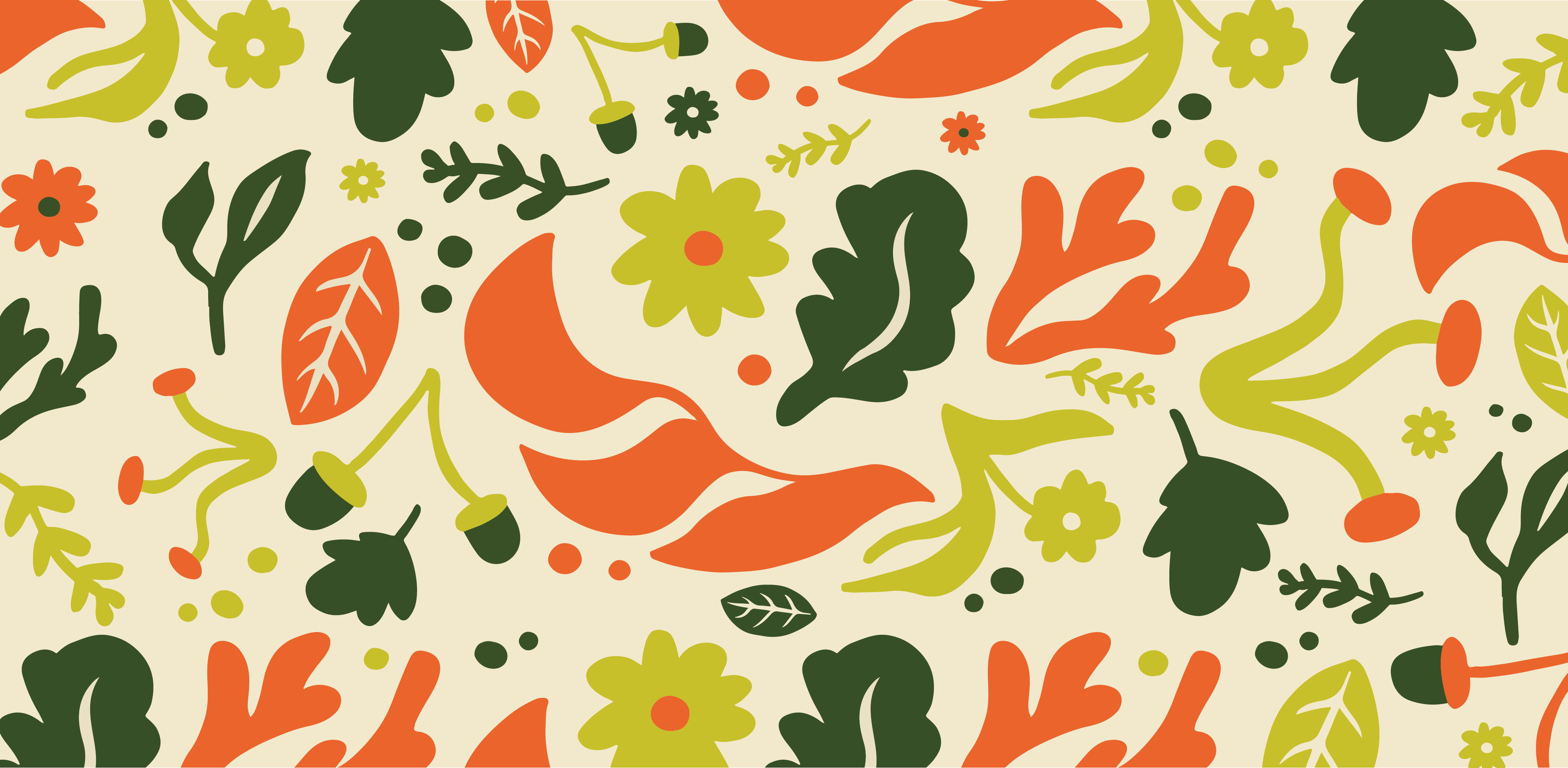British Garden Birds to Spot in Spring: A Seasonal Guide
As the days grow longer and the air fills with birdsong, spring is one of the best times of year to spot British garden birds. With nesting season in full swing, our gardens, parks, and hedgerows become lively with activity. Whether you’re a seasoned birdwatcher or simply enjoy nature from your window, here are some beautiful birds to look out for this spring.
1. The Robin (Erithacus rubecula) – The Garden Favourite
The robin is one of Britain’s most familiar and well-loved birds, easily recognised by its bright red breast and melodic song. While robins are present all year, spring is a particularly busy time for them as they begin to defend their territory and feed their young. You’ll often spot them flitting around flower beds, searching for worms, or perching on fence posts with their bold, inquisitive nature.
📍 Where to Spot: Gardens, hedgerows, woodlands
🍽 What They Eat: Insects, worms, seeds, fruit
🎵 Fun Fact: Both male and female robins sing, especially during breeding season!
Image courtesy of pixabay.com, photographed by Pexels (for educational purposes only)

2. The Blue Tit (Cyanistes caeruleus) – The Colourful Acrobat
With its bright blue and yellow plumage, the blue tit is one of the most striking small birds to visit our gardens. These energetic birds are a joy to watch as they dart between trees and feeders, performing acrobatics in search of food. During spring, they are particularly active as they build nests in bird boxes, tree holes, and crevices.
📍 Where to Spot: Gardens, woodlands, parks
🍽 What They Eat: Insects, seeds, suet, peanuts
🐣 Fun Fact: Blue tits are known for their intelligence and problem-solving skills—historically, they even learned to peck through milk bottle tops for cream!
Image courtesy of pixabay.com , photographed by jggrz (for educational purposes only)

3. The Blackbird (Turdus merula) – The Springtime Songster
The blackbird’s rich, flute-like song is a classic soundtrack to a British spring morning. Males are entirely black with a bright orange beak, while females and juveniles are a more muted brown colour. Blackbirds are ground feeders and are often seen hopping across lawns in search of worms, particularly after a spring shower.
📍 Where to Spot: Gardens, hedgerows, farmland
🍽 What They Eat: Worms, berries, fruit, insects
🎶 Fun Fact: Blackbirds can mimic the sounds they hear, including other bird calls and even mobile phone ringtones!
Image courtesy of pixabay.com, photographed by MatteoBaronti (for educational purposes only)

4. The Goldfinch (Carduelis carduelis) – A Flash of Colour
If you spot a brightly coloured bird with a red face, black-and-gold wings, and a delicate beak, you’re lucky enough to have seen a goldfinch. These social birds often travel in small flocks, chirping in high-pitched, twittering calls. In spring, they are particularly active around thistles, dandelions, and feeders stocked with sunflower hearts.
📍 Where to Spot: Gardens, meadows, open countryside
🍽 What They Eat: Seeds, insects, sunflower hearts
💛 Fun Fact: The goldfinch’s collective name is a "charm of goldfinches", fitting for such a striking and elegant bird!
Image courtesy of pixabay.com, (for educational purposes only)

5. The Wren (Troglodytes troglodytes) – A Tiny but Mighty Singer
The wren may be small in size, but it has a surprisingly powerful song! With its rounded shape, brown plumage, and upright tail, this tiny bird is often seen darting through undergrowth or hopping along fences. Wrens are expert nest-builders and often create intricate domed nests hidden in hedges and shrubs.
📍 Where to Spot: Gardens, hedgerows, woodland
🍽 What They Eat: Insects, spiders, larvae
🎵 Fun Fact: Despite its tiny size, the wren’s song is 10 times louder than it should be for a bird of its size!
Image courtesy of pixabay.com, photographed by sharkolot (for educational purposes only)

6. The Great Spotted Woodpecker (Dendrocopos major) – The Drummer
One of the most exciting birds to spot in spring is the great spotted woodpecker. With its black-and-white plumage, striking red patch, and loud drumming sound, this bird is hard to miss once you hear it! Spring is the best time to see woodpeckers as they drum on trees to attract mates and establish territory.
📍 Where to Spot: Woodlands, large gardens, parks
🍽 What They Eat: Insects, nuts, suet
🥁 Fun Fact: A woodpecker’s tongue is so long that it wraps around its skull when not in use!
Image courtesy of pixabay.com, photographed by hapr80 (for educational purposes only)

Tips for Attracting Spring Birds to Your Garden
Want to encourage more bird activity this spring? Here’s how:
🌿 Provide Food: Set up bird feeders with a variety of seeds, suet, and mealworms.
💧 Fresh Water Source: Birds need a clean water source for drinking and bathing.
🏡 Nesting Spaces: Install bird boxes to provide a safe place for nesting.
🌸 Plant Native Shrubs & Flowers: Encourage insect life for natural bird food.
🚫 Avoid Pesticides: Protect the insects that birds rely on for food.
Final Thoughts
Spring is a magical time for birdwatching in Britain. From the melodic blackbird to the colourful goldfinch and the tiny but mighty wren, there’s an abundance of bird activity happening in gardens across the UK. Whether you’re watching from your window or heading to a local nature reserve, take a moment to appreciate the beauty and song of British garden birds this spring.
What birds have you spotted in your garden this season? Share your sightings in the comments! 🐦🌿✨







